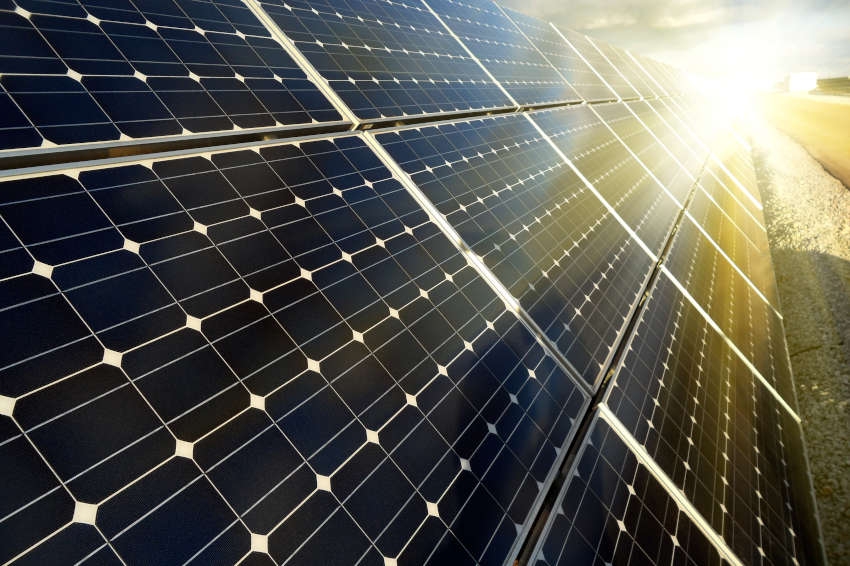The advancement of technology has been occurring rapidly in all sectors of the world economy. In the solar industry, higher efficiency products are increasingly gaining market share, bringing with them benefits that include longevity and the ability to reduce BoS (balance of system) costs.
According to Claudio Loureiro, specialist in photovoltaic modules and general manager of JA Solar in Brazil, modules with mono PERC, HJT and bifacial cells “will certainly make up the majority of global volume in 2020”, thus representing the technological future of solar panels. .
“Once polycrystalline technology reaches the efficiency ceiling due to its physical constitution, the industry's advancement to provide more Wp per square meter will occur through technological development on mono-crystalline wafers. In addition to the technologies mentioned, we have to add the trend towards N-type cells, which are more efficient than the current P-type technology and also less susceptible to LID (Light Induced Degradation) degradation. In short, future modules will certainly be developed with a monocrystalline base, which are already efficient in many models above 20%”, explained Loureiro.
For him, 2020 is being important to take the industry to another level of power, efficiency and technology, which requires working very closely with the client to ensure that projects and their respective designs are efficient and can reflect the lowest LCOE (Levelized Cost of Energy) possible.
“It is no longer worth thinking only about the unit price of the equipment. We have to consider the project life cycle, whether in distributed or centralized generation. Avoiding the jargon, what we see is that modules are not commodities. In other words, suppliers that do not invest in R&D do not have 'bankability' and only replicate the technology developed by others who cannot define the market. Choosing a mee-too or generic product for cost reasons for a system with a useful life of 25 or 30 years can lead to technical and legal risks, among others”, said the expert.
Loureiro also points out that this is not, and has never been, an industry where manufacturers can remain stagnant, whether for modules, inverters or trackers, for example. “Continuous investment in development is mandatory and will separate the future winners from those who will fall by the wayside. Evolution is part of everyday life and any delay will result in a loss of competitiveness. Would someone who bought 300 Wp modules in 2012 think their 2020 equivalents would reach 410 Wp? This is the reality of the evolution proposed by top-tier companies”, he highlighted.
Growth
In Claudio Loureiro's view, solar modules, which previously used to increase, on average, around 5 W per year, in 2020 are growing by around 50 W. This change in level, according to him, is caused by the rupture in module designs, while the 5 W increase was incremental.
“There are many new technologies being adopted, in addition to those already mentioned, making the modules more powerful, such as increasing wafers from 158.75 mm to 166 mm or even 210 mm; new types of rounded busbars, increasing photon capture by cells; and welding technology between tiling or shingle cells, eliminating the traditional white spaces between cells in current modules. This impacts the dimensions of the modules, however it increases efficiency and reduces the total cost of investment in the equipment – CAPEX”, he explained.
Market
One of the main manufacturers of high-performance solar energy products in the world is the Chinese company JA Solar. The company is focusing its efforts on monocrystalline PERC and N-type technology, working with gallium-based doping.
“We have great expectations about this alternative becoming the next reference and we hope to have offers on a scale to offer our customers”, concluded Loureiro.

















